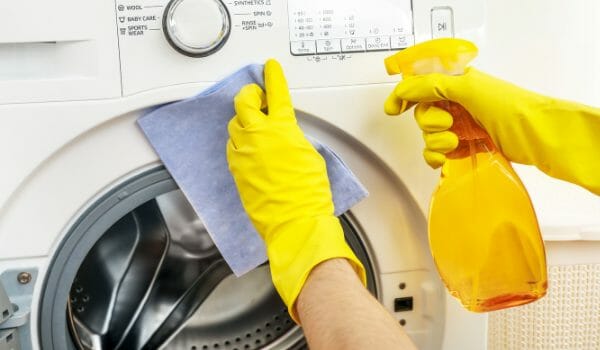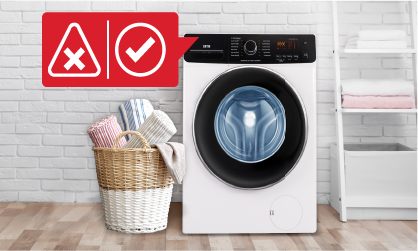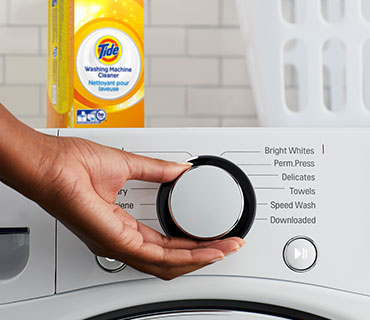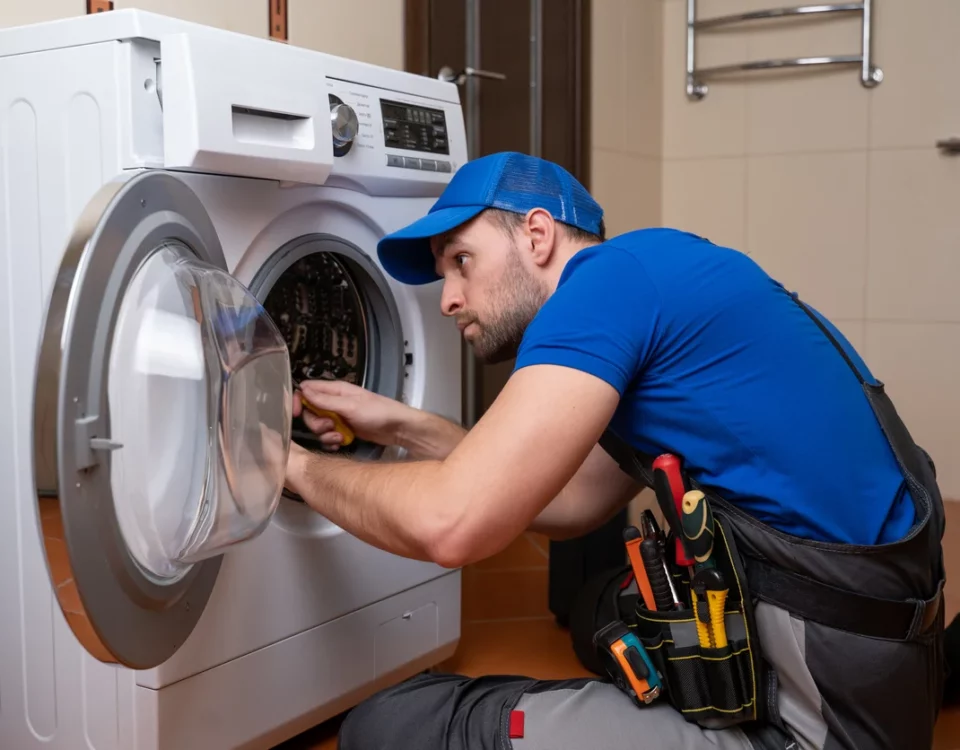Proper maintenance is key to ensuring a long life for your washing machine. In this guide, you’ll find a step-by-step checklist to help you prolong your washer’s lifespan and keep it running smoothly.
When it comes to washing machines, a lot of people don’t really think about them.
They just use them (day in and day out), and then move on to the next thing.
But they’re such a profoundly important appliance to our everyday lives that even minor breakdowns can quickly turn into major setbacks!
This is why it really pays to do some ‘preventative maintenance’ on your washing machine—to keep it running in tip-top shape, to avoid potential breakdowns (or to at least extend the lifespan of your appliance as long as possible).
Neglecting regular care can lead to malfunctions and costly repairs. It could even force you to fork out relatively large sums of money for a new unit ahead of schedule (and nobody wants to do that, right?).
So in this comprehensive guide, we’re going to provide you with a step-by-step checklist to help you maintain your washing machine effectively, ensuring both longevity and optimal performance.
And it all starts with the basics…








